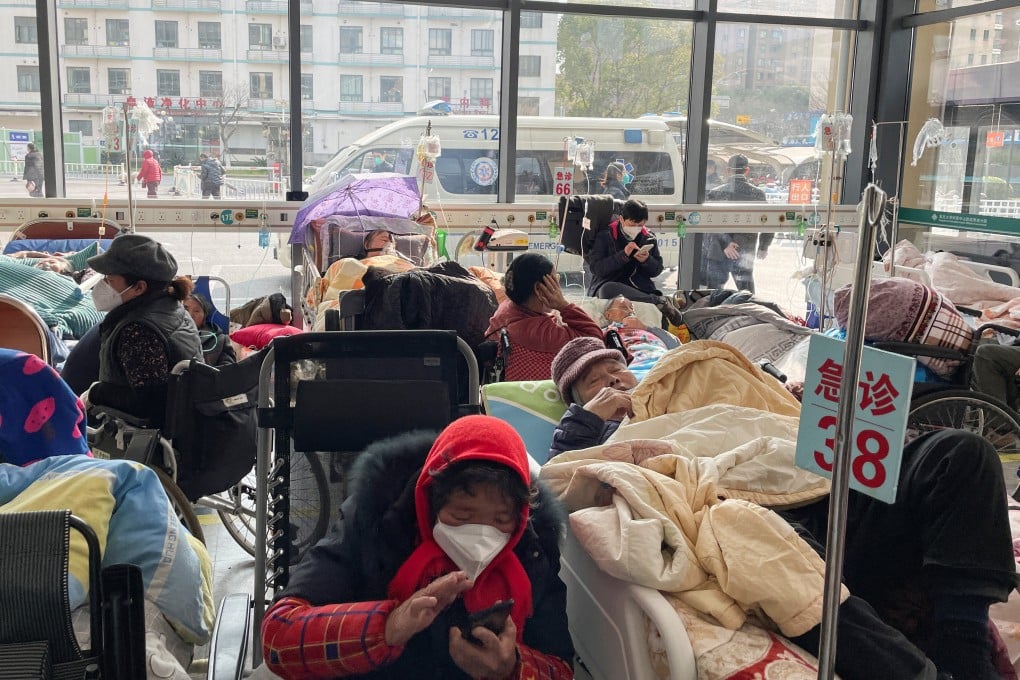Advertisement
Macroscope | As zero-Covid ends abruptly, China’s economy is living its darkest hours before the dawn
- What was assumed to be a gradual reopening has turned into a sprint to the exit. This means deeper near-term disruptions but the rebound is also likely to be more vigorous
Reading Time:3 minutes
Why you can trust SCMP
5

China has entered 2023 with trepidation. While the abrupt end to the zero-Covid strategy has boosted market confidence in better economic conditions ahead, it has also cost society, with the public health system under significant pressure amid surging infections. With the situation still very fluid, any forecasts need to be constantly revisited as conditions evolve.
The situation is murky from a public health standpoint. The halting of daily data updates on Covid-19 cases and deaths has left the market flying blind on where the nation is along the infection cycle. Indeed, with mass testing no longer being carried out and a self-reporting system yet to be established, it is challenging even for the government to gauge the true picture.
The former chief epidemiologist of the National Health Commission, Zeng Guang, estimated that over 80 per cent of residents in Beijing (a city of 22 million) had contracted the virus by the end of last month, and that over 40 per cent of China’s entire population (roughly 600 million) might have been infected.
The economy is living its darkest hours before the dawn. November’s activity data nosedived, and December purchasing managers’ indices (PPIs) show a continued contraction. When the fourth quarter gross domestic product data comes in, it is expected to show a dreadful end for the economy in 2022.
But financial markets seem undeterred by China’s economic and societal struggles. Instead, confidence has been buoyed by its reopening and signs of the economy bottoming out in regions that appear to have passed peak infection. The MSCI China index and Hang Seng index are up over 30 per cent since the policy pivot, and the exchange rate is below 7 yuan to the dollar again.
Looking ahead, the Covid-19 policy shift requires a re-examination of China’s economic outlook. Compared to the three-stage reopening envisaged previously – which assumed Beijing would shore up its medical defences before reopening domestically and then relaxing border controls – stage 1 has been skipped entirely and stages 2 and 3 are near completion. What was assumed to be a six-to-nine-month gradual reopening has turned into a two-month sprint to the exit.
This means deeper near-term disruptions – which the economy is experiencing – but also what is likely to be a more vigorous growth rebound. The balance of risks to the market’s 2023 growth forecast has shifted to the upside.
Advertisement
